Protect yourself before you wreck yourself: Complete guide to sun blocks and creams

In this Natural Sunscreen Guide for Surfers and Sensitive Skin by James Marshall we learn what works and what doesn’t in blocking out the sun and potentially, skin cancer…
Everyone loves summer.
Think about it for a minute; the long, warm daylight hours, holidays, good times with good friends and family and everything else that comes along with it. Of course, this is the
Yes, mosquitos. But also sunburn.
Not only is sunburn painfully sore and one of the key skin cancer risk factors – the Skin Cancer society says that the risk of melanoma doubles if you have had more than five sunburns – it is easily prevented too. Let it be clear that when it comes to sunburn, prevention is key and there is no substitute for staying out of the sun and in the shade, or wearing suitable clothing and a hat, particularly when the sun is at its strongest.
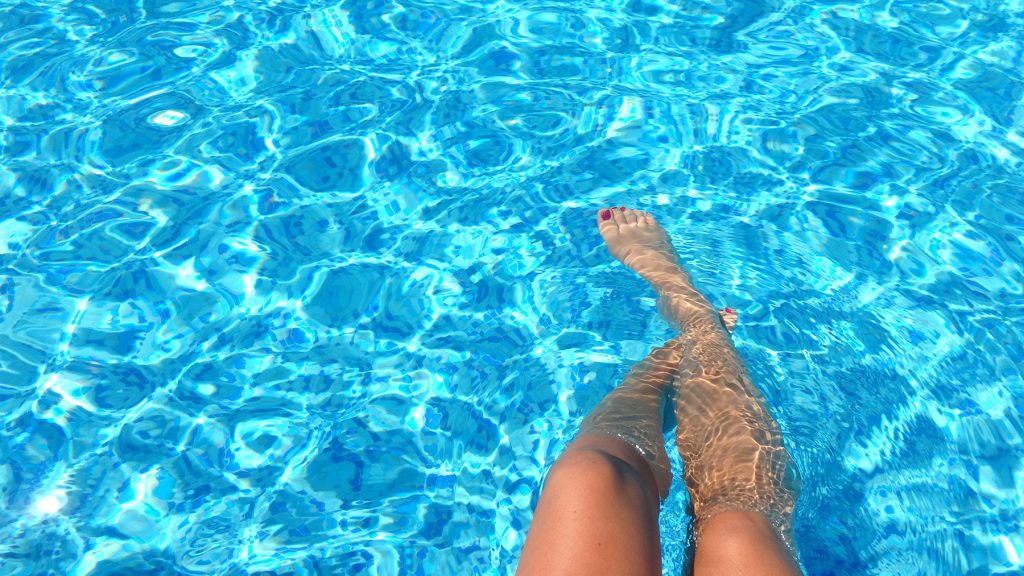
So what is the problem, exactly?
73% of sunscreens do not work, or contain ingredients that can damage our bodies.
The 2017 Environmental Working Group (EWG) sunscreen guide (which tested over 1500 products which are marketed to protect against the sun) found a whopping 73% of them to either not work at all, or contain ingredients that can cause damage to the skin and adversely affect hormones.
Whoa. That is one serious drop mic moment. And to be fair, it
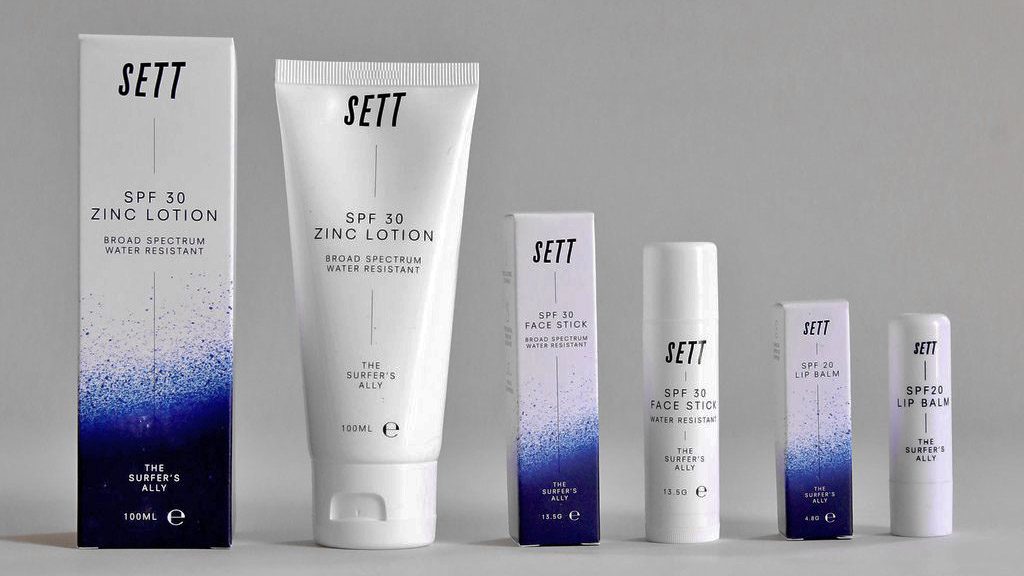
Here is a bit more information to help you understand the two types.
So, this guide will cover three key things:
1. What a good sunscreen does, including how you can read and understand the label
2. The difference between natural and chemical sunscreens
3. A
In

What a good sunscreen does, including how to read and understand the label
Much of what you will see below may appear familiar to you as you have likely seen it on sunscreens you have purchased before, but for example, do you really know what SPF is best? Did you just say the highest SPF is best
To understand how to protect yourself from sunburn, it helps to know what sunburn is. Sunburn is damage to your skin caused by overexposure to ultraviolet (UV) rays from the sun. UV rays are not visible to the human eye and are still present in varying degrees on cloudy days which makes sun protection that much trickier, especially when you can get sunburnt when it isn’t particularly
What does SPF mean?
SPF stands for ‘Sun Protection Factor’ and measures the percentage of UVB rays that are stopped before they can damage the skin. UVB rays cause the reddening and pain associated with sunburn. The higher the SPF rating, the more protection it offers but beware that the ratings aren’t linear, despite what many people believe. For instance, an SPF 50 rating means 98% of rays are stopped from reaching the skin, while SPF 30 means 97% of rays are stopped. The difference is no-where near twice as much, like common sense may lead you to think.
You may even remember seeing SPF levels of 60, or 80, or more but these were recently banned in many markets because they gave consumers a false sense of security. There was evidence that users would often not apply enough or re-apply frequently in order to achieve the full protection advertised, which
Always remember that no product can ever provide 100% protection (and don’t believe anyone who claims otherwise). The only way to get total protection is to stay out of the sun completely and remain in the shade.

What about ‘Broad Spectrum’?
SPF starts to feel a little bit of basic measure when you realise it doesn’t measure UVA rays, which scientists now understand can also cause cancer. This is where broad spectrum helps out as it measures protection from UVA rays as well as UVB – quite literally, there is protection provided across the broad spectrum of UVB and UVA rays.
A Broad Spectrum sunscreen can be achieved by having different chemical ingredients that target UVA and UVB rays (sometimes to varying levels of efficacy) or by using a mineral sunscreen which blocks both – we will come back and talk about them some
What about water resistance?
Sunscreens have to undergo extra testing to prove they still provide protection after exposure to water. Different markets have different methodologies for measuring this but it usually involves applying the sunscreen to a test patch, with an untreated patch next to it and then having the tester submerged in water for a given period of time. Following this, the standard SPF test is conducted to ensure the required SPF is achieved after exposure to water.
Regardless of water resistance claims, most regulators and skin cancer societies agree that sunscreen should be reapplied frequently (at least every two hours), and liberally whenever you have been in the water, sweating or towelling off. Note that no sunscreen can be marketed as ‘Water Proof’ as all sunscreens will lose their efficacy over time when exposed to water.
Regulation of sunscreen efficacy, claims, and general ingredients
The sunscreen industry is generally very highly regulated and for good reason – sunscreen was invented to prevent skin cancer. So who decides right from wrong, says whether or not the sunscreen you massage into your skin is what it says it
Different countries will have varying rules and regulations for sunscreens. A key difference is that some countries
When it comes to SPF products, Australia is known to have the strictest testing and standards which is most likely because Australia also has the unglamorous title of some of the world’s highest skin cancer rates. Products that are able to be sold here and called a sunscreen, with SPF ratings, have passed strict tests for performance and sun protection.
Regarding other ingredients (emulsifiers, preservatives etc) as a general rule, countries usually follow either the European Commission’s (EC) approach or the United States’ FDA with regards to what ingredients are considered safe for use in skincare. The European Union is understood to be stricter and will ban a lot of ingredients if there is concern about potential harm to humans, when compared to the FDA. This may explain in part why some products available in the USA are not available in the EC.
The EC even has a database where you can search for products and ingredients to ensure they have submitted the appropriate documentation to be allowed to sell to consumers, with data going back to 1976.
Nano Particles
Nano particles are a bit of a grey area at the moment, but the underlying concerns are two fold. The first is concerns with aerosols whereby nanoparticles that are inhaled can cause lung damage (so stay clear of aerosols, or at the very least, be very careful to ensure that particles are never inhaled). The second is that nano-particles are so minute that they are able to enter the human body easier than larger particles when applied to the skin like in a sunscreen lotion, however these tests have had mixed results. There isn’t any evidence suggesting nanoparticles boost sunscreen efficacy, over non-nano.
The key benefit with nano-particles is aesthetic; the finer each particle is, the less the visible the mineral blocker will be. In other words, nanoparticles help the sunscreen blend in with your natural skin tone.
What are
Active ingredients are what is actually protecting you and combatting the harmful UV rays. The remaining ingredients, are there to ensure the product is able to be used in the desired manner; think of things like emulsifiers to hold the formula together, preservatives to give it a shelf life and not deteriorate, and fragrances or other additives to enhance the appearance and superficial experience of using the product (i.e. everything other than sun protection). Some fragrances that make sunscreen smell nice have also raised some concerns over the way they react with UVA and UVB rays, so be careful.
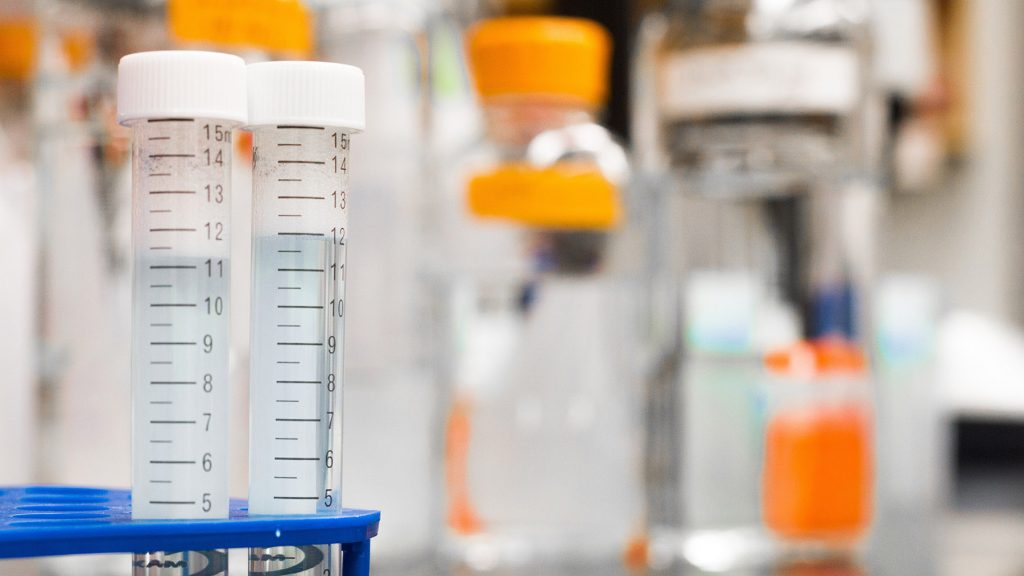
The difference between natural and chemical sunscreens
Generally speaking, sunscreen active ingredients fall into one of two categories:
• Chemical sunscreens which sit in the upper layers of your skin and target specific rays (e.g. UVB only) and breakdown these rays as they enter into your body
• Natural sunscreens are generally minerals like Zinc Oxide or Titanium Dioxide which sit on top of your
Here is a bit more information to help you understand the two types.
Chemical sunscreens
Chemical blockers are found in the majority of sunscreens available today. This is mostly because they’re cheap to produce and are relatively effective at blocking UV rays. But only recently have scientists begun to understand the damage that chemical sunscreens cause to humans and the environment.
A chemical sunscreen will reside within the upper layers of your skin, and will breakdown the UVB rays as they enter into your body. This brings the benefit of the sunscreen being invisible to the naked eye, but be mindful of the ingredients as some people believe that once the chemicals get into your skin it is easier to enter your bloodstream.
Damage to human health
In recent years there has been increasing evidence that chemical sunscreen ingredients are toxic to humans. Two of the most common concerns are hormone disruption and skin allergies. For
To add to that, recent research has revealed that chemical blockers aren’t as effective at preventing skin cancer as was initially thought. As frequent news articles show, customer complaints about the poor effectiveness of sunscreen keep popping up. This may be partly a reflection of the effectiveness of different chemicals at combatting specific UV rays, although application frequency, quantity, and applying 20 minutes before sun exposure, may also be factors.
It’s not difficult to imagine that we will one day look back in shock that we used to coat our bodies with these chemicals; thinking that it was protecting us when it was actually doing damage. It wouldn’t be the first time
No doubt science will progress, and as we learn more, the methods to protect ourselves will change, so staying on top of the latest developments will always be vital.
Interaction and irritation with your skin – sensitive skin? This is for you
Protection from the sun aside, chemical sunscreens contain allergens that have been proven to cause skin irritation particularly for people with conditions like psoriasis, eczema, or generally sensitive skin. Avobenzone, Octocrylene, Octinoxate, and Oxybenzone are chemical sunscreens that all have moderate to high rates of skin allergy. Additionally, the allergens that you find in skincare usually consist of fragrances or preservatives.
Any products should have known allergens clearly and separately listed, especially if they are sold in the EU.
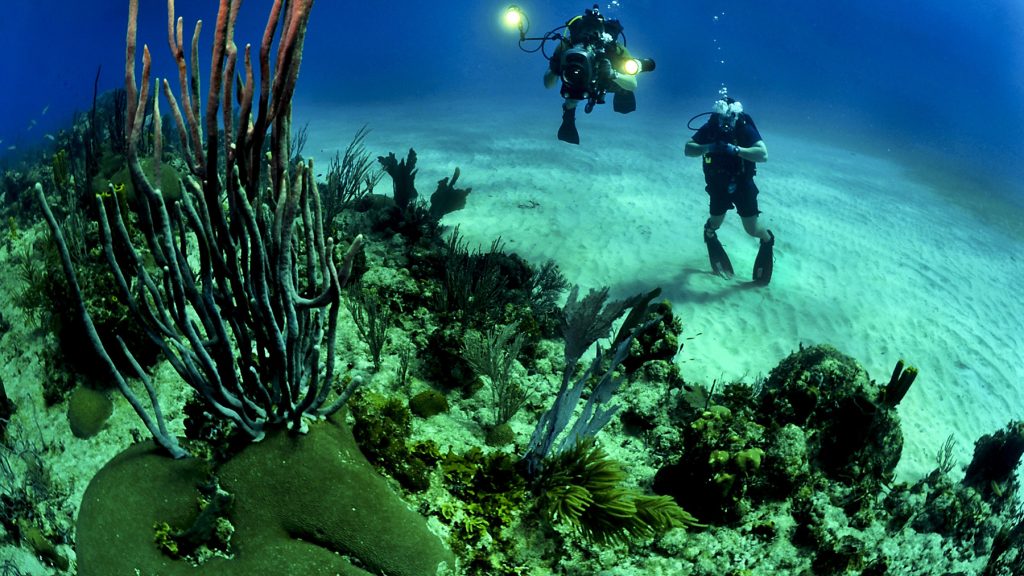
Negative environmental impacts
When you spend time in the water, sunscreen will lose its effectiveness. This generally means that the sunscreen is coming off of (
Worryingly, a number of chemical sunscreens, have been proven to have damaging impacts on the environment, specifically bleaching of coral reefs. In fact, two of the most commonly used chemical blockers — Oxybenzone and Octinoxate — have recently been banned by the state of Hawaii due to the negative effects that they have on coral reefs. The small Republic of Palau has gone a step further in banning a total of 10 chemical sunscreen ingredients due to their toxicity to marine life and impact on bleaching coral reefs.
But, don’t get too caught up in the hype around this. While there is some research in the lab showing sunscreen chemicals can bleach coral, in most instances in the environment the doses are far lower than lab tests, and the only damage seen is anecdotal; For example, a scientist saw coral bleaching where there were tourists, but it may have been caused by tourists accidentally walking on the coral, and not their sunscreen.
In any case, the damage sunscreen causes to coral reefs will pale in comparison to damage
So what about mineral sunscreens then?
Mineral sunscreens are the type that
Mineral sunscreens work by sitting on the top layer of your skin creating a physical layer and reflecting the sun’s rays off of your skin. This is why they will leave a slight whitening effect or
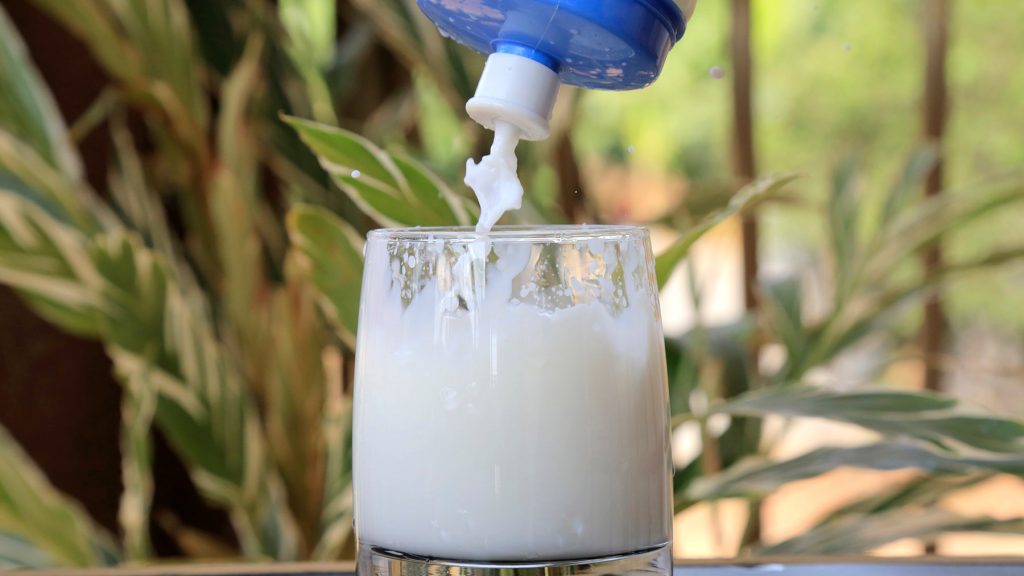
What about
Minerals like zinc are naturally occurring, and indeed important for your general health. Many people take zinc supplements to boost their nail and hair health. There are also concerns about
Regarding the environment, some studies have found that
But buyer beware; some sunscreen companies may use zinc as a natural active ingredient but add in other ingredients such as chemical sunscreens Oxybenzone or even Paraffin — a petroleum byproduct used in many skin care products —but still calling it a ‘Natural’ sunscreen.
For example, one competitor of SETT’s claim to have “reef friendly, biodegradable sunscreen” then proceed to list Octinoxate as a key active ingredient, which is one of the most harmful substances to bleaching of coral reefs. You can judge for yourself if this is a ‘Natural’ product.
What about Vitamin D and sun exposure?
Vitamin D is required for healthy bones, improved blood pressure, and has also been associated with overall improvements in mood and sense of wellbeing. Some people take vitamin D supplements to try and achieve this,
This is a decision that is particularly personal in nature, but increasingly
That is a lot of information to digest. Here is how to put it into practice, and easily remember it.
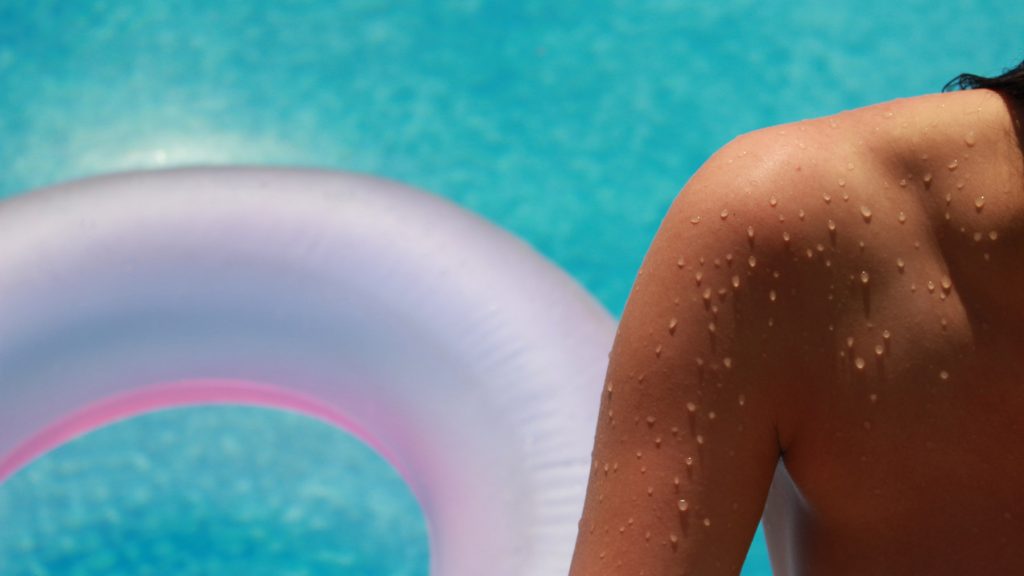
- Your Six Point checklist for choosing an effective natural sunscreen
Go for broad-spectrum (not just SPF level):
Broad-spectrum cover means the sunscreen will protect you from both UVA and UVB rays. If you’re looking for SPF levels too, go for 30 and above as this is enough protection to belabelled ‘High Protection’ by the European Union.
- Non-nano is best:
The biggest concern is that they can be inhaled. The jury is out on absorption into the bloodstream, so until we know more, and while there is a choice, perhaps stay away.
- Avoid harsh chemicals
One of the reasons we develop natural skincare products is to avoid the harsh chemical ingredients that can cause painful reactions on the skin, like nasty allergens. This is before worrying about chemicals entering your bloodstream.
- Avoid artificial preservatives
Parabens are often used in cosmetics as preservatives but are derived from petroleum production. The concern with parabens is the carcinogens found in petroleum products which are usually filtered out during the production process but the efficacy can vary by country and producer. Plus, anything we can do to lower the planet’s dependence on oil production is a good thing.
- Spot test for sensitive skin
Of course, everyone’s body is different, so if you have some concerns, be sure to spot test new products to ensure there are no adverse reactions before you applyit in larger amounts.
Note that it is recommended that children younger than six months old aren’t exposed to the sun at all due to their skin being so sensitive, and children older than six months use a product designed with their sensitive skin in mind.
- Check the testing has been done to back-up the claims
Some sunscreen brands take pride in the fact that their products are homemade. That’s fine for some people, but it makes me nervous about the level of quality control; if someone manufactures skin care products in their kitchen some other completely unrelated chemicals might end up getting mixed into the formula and cause a nasty reaction.
For the record, All SETT products are all manufactured in ISO-accredited, professional, and audited facilities. Professional facilities reduce the risk of outside contamination to virtually zero.
Trackback from your site.
Related Coverage

vitamin c powder
| #
vitamin c powder
Complete guide to sun creams and blocks and how they work
cheap dildos
| #
cheap dildos
Complete guide to sun creams and blocks and how they work
http://Bbs.dianzishu.com/
| #
http://Bbs.dianzishu.com/
Complete guide to sun creams and blocks and how they work
view
| #
view
Complete guide to sun creams and blocks and how they work
https://gumroad.com/l/wjfam
| #
https://gumroad.com/l/wjfam
Complete guide to sun creams and blocks and how they work
http://www.waxue.com/bbs/home.php?mod=space&uid=121308&do=profile
| #
http://www.waxue.com/bbs/home.php?mod=space&uid=121308&do=profile
Complete guide to sun creams and blocks and how they work